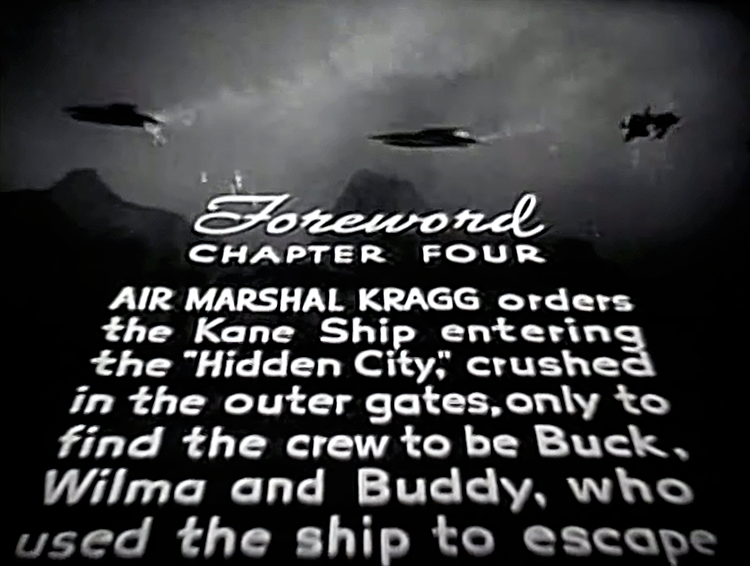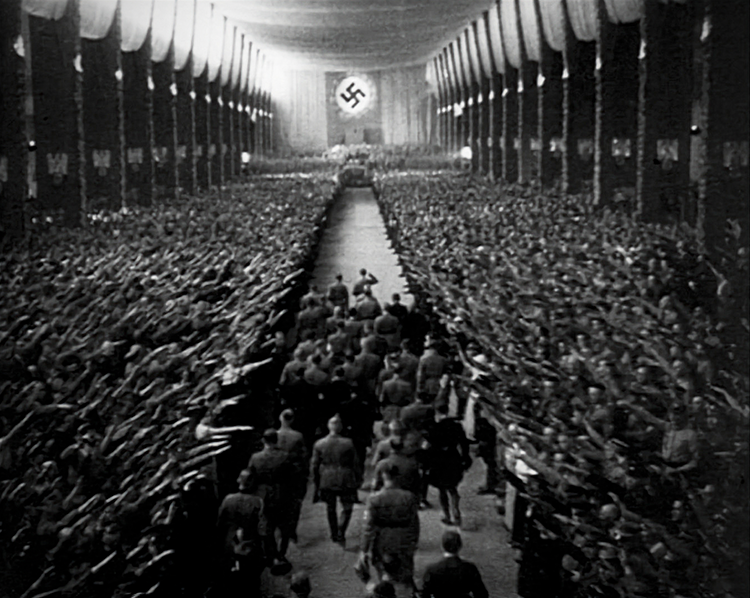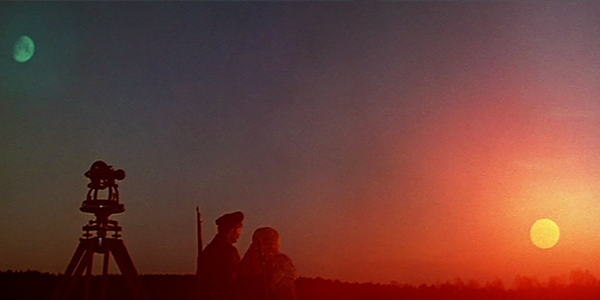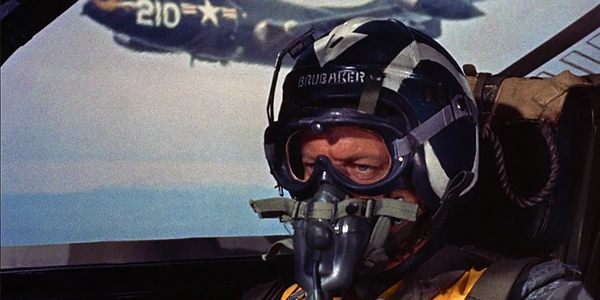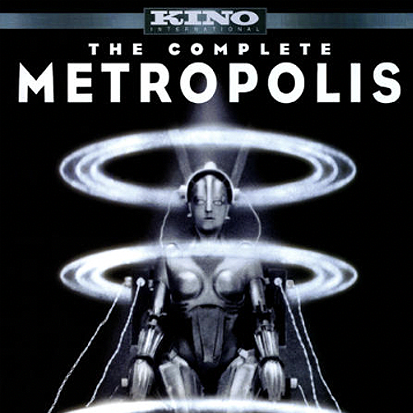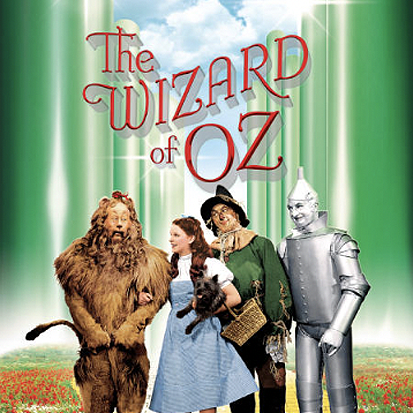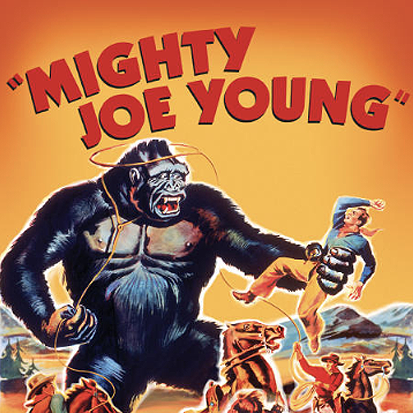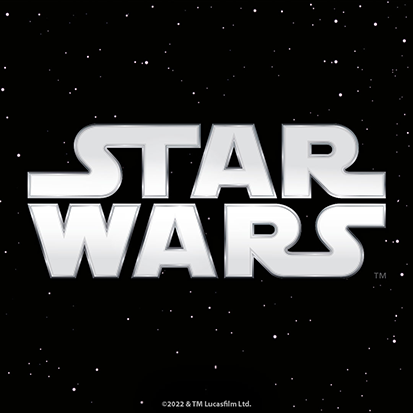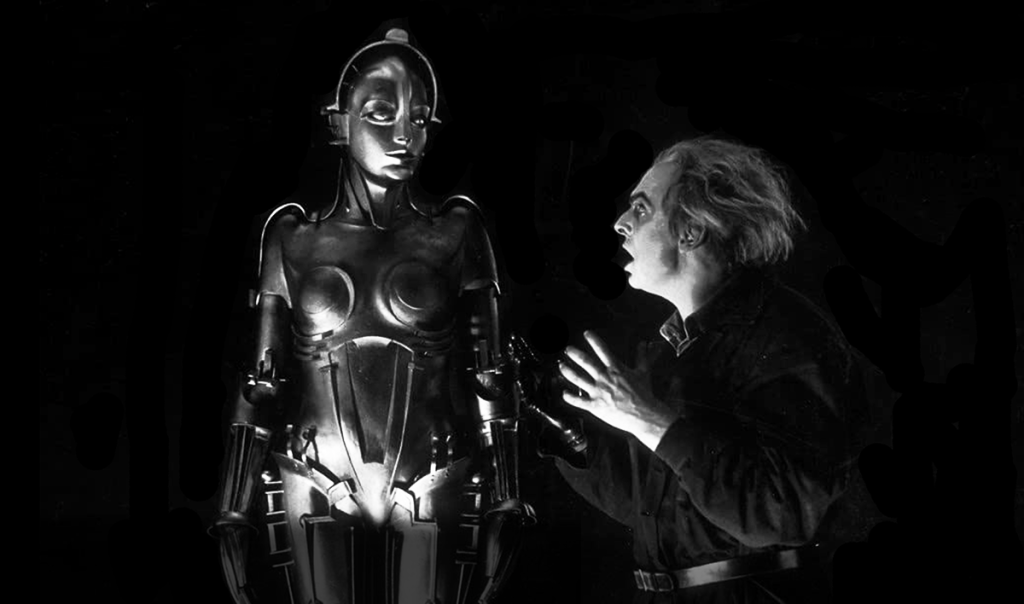
The Films That Made Star Wars, Pt. 1
A three-part look at the eclectic group of movies that helped provide the inspiration for Lucas’s space-opera saga
by Dennis Burger
updated April 25, 2022
It’s sometimes easy to forget that before it became a nine-film saga supported by three standalone films, two made-for-TV movies, three excellent TV series, a few terrible TV series, and a holiday special that is best forgotten, Star Wars was just a movie. An incredible movie, mind you, one that sparked the dreams of uncountable future filmmakers and other creative types. And one that practically created the concept of the modern blockbuster and changed the cinema industry forever (for better and for worse).
It’s just as easy to forget that as unique as 1977’s Star Wars seemed at the time of its release—especially to my five-year-old eyes—there was barely anything original about it. Sure, the way it was put together was fresh— mind-blowingly so—but dig down to the nuts-and-bolts level and it’s clear that this Galaxy Far, Far Away didn’t spring to George Lucas’s mind fully formed. The film was, in many ways, a reaction to the grim and gritty films that dominated cinemas in the early 1970s. But first and foremost, it was a homage to the serials and adventure movies that Lucas enjoyed seeing on the big screen in his youth.
And I’m sure you’ve heard that before, but have you ever actually seen the direct correlations? If not, you should spend some time with the Flash Gordon serials of 1936, ’38, and ’40. This is no great surprise given that Lucas originally intended to develop his own Flash Gordon film in the early ’70s and only set about creating his own universe because he couldn’t secure the rights to Alex Raymond’s legendary comic-strip character.
Despite the fact that Star Wars ended up being way more fantasy than sci-fi, a lot of the retro-high-tech set-dressing of Flash Gordon remains, but that’s not all. Flash Gordon Conquers the Universe in particular loaned a number of story elements to the first Star Wars and its two sequels, including character archetypes and relationships, and even settings. But the biggest thing Flash Gordon gave to Star Wars was, of course, that iconic opening crawl.
Flash Gordon Conquers the Universe is available in its entirety on YouTube, as are the 1936 original and its sequel, Flash Gordon’s Trip to Mars. They aren’t exactly high cinema, but if you’re interested in understanding the genealogy of Star Wars, this is where you want to start.
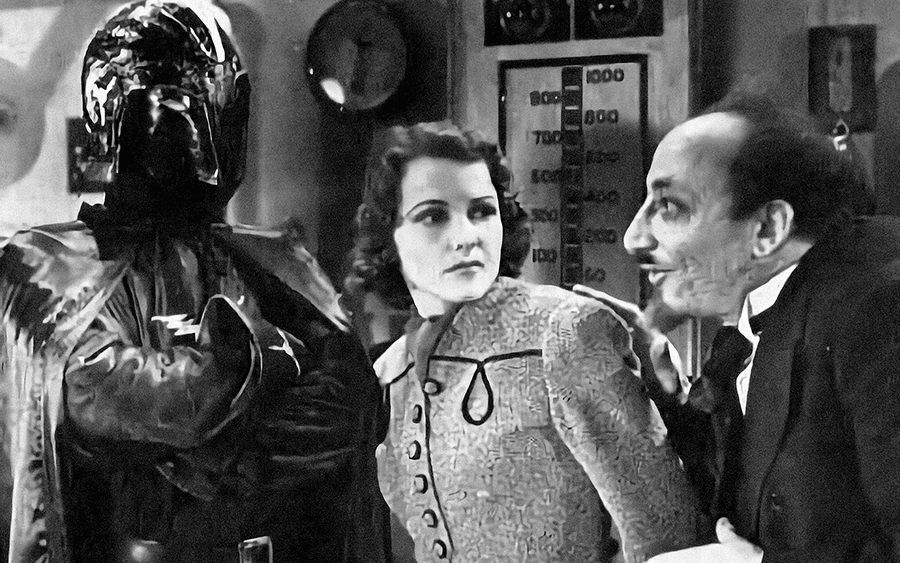
Other serials worth a look (and also available on YouTube) include 1939’s Buck Rogers (another fantastic opening crawl!) and a delicious little oddity known as The Fighting Devil Dogs (1938, shown above). The latter in particular is famous for being one of the cheapest serials ever made (and it shows), but also for including the first costumed super-villain, The Lightning, whose garb almost certainly inspired the look of Darth Vader and the bounty hunter Boba Fett, as well.
Other classics of the era that seem to have had an influence on Lucas in his youth (although he likely saw them in early TV broadcasts rather than at a movie theater) include The Wizard of Oz, from which Star Wars borrows much of its group dynamic, fairy-tale nature, and monomythic structure; the films of Ray Harryhausen, such as Mighty Joe Young, which no doubt shaped his attitude toward special effects; the works of Laurel & Hardy, which certainly had some influence on the relationship between Artoo-Detoo and See-Threepio; and Fritz Lang’s Metropolis, whose Art Deco Maschinenmensch (Robot), despite being feminine, undoubtedly influenced the look of Threepio. Hell, you could even argue that Lucas drew some inspiration from the 1935 Nazi propaganda film Triumph of the Will—not its ideology, but rather the scale and grandiosity of its imagery, especially in the triumphant Royal Award Ceremony after the Battle of Yavin, in which Luke and Han are celebrated as heroes of the Rebellion.
Of course, you could just as easily argue that all of the above (save perhaps Flash Gordon) represent superficial influences at best. But to deny the importance of these elements would be to deny that Star Wars is, at least in part, a pop-culture collage, a pastiche of cool design elements that make it feel both fresh and timeless.
In Part 2, though, we’ll dig into some of the more substantial cinematic gold Lucas mined in creating the first Star Wars film, as well as the first two sequels.
Dennis Burger is an avid Star Wars scholar, Tolkien fanatic, and Corvette enthusiast who somehow also manages to find time for technological passions including high-end audio, home automation, and video gaming. He lives in the armpit of Alabama with his wife Bethany and their four-legged child Bruno, a 75-pound American Staffordshire Terrier who thinks he’s a Pomeranian.
© 2025 Cineluxe LLC


